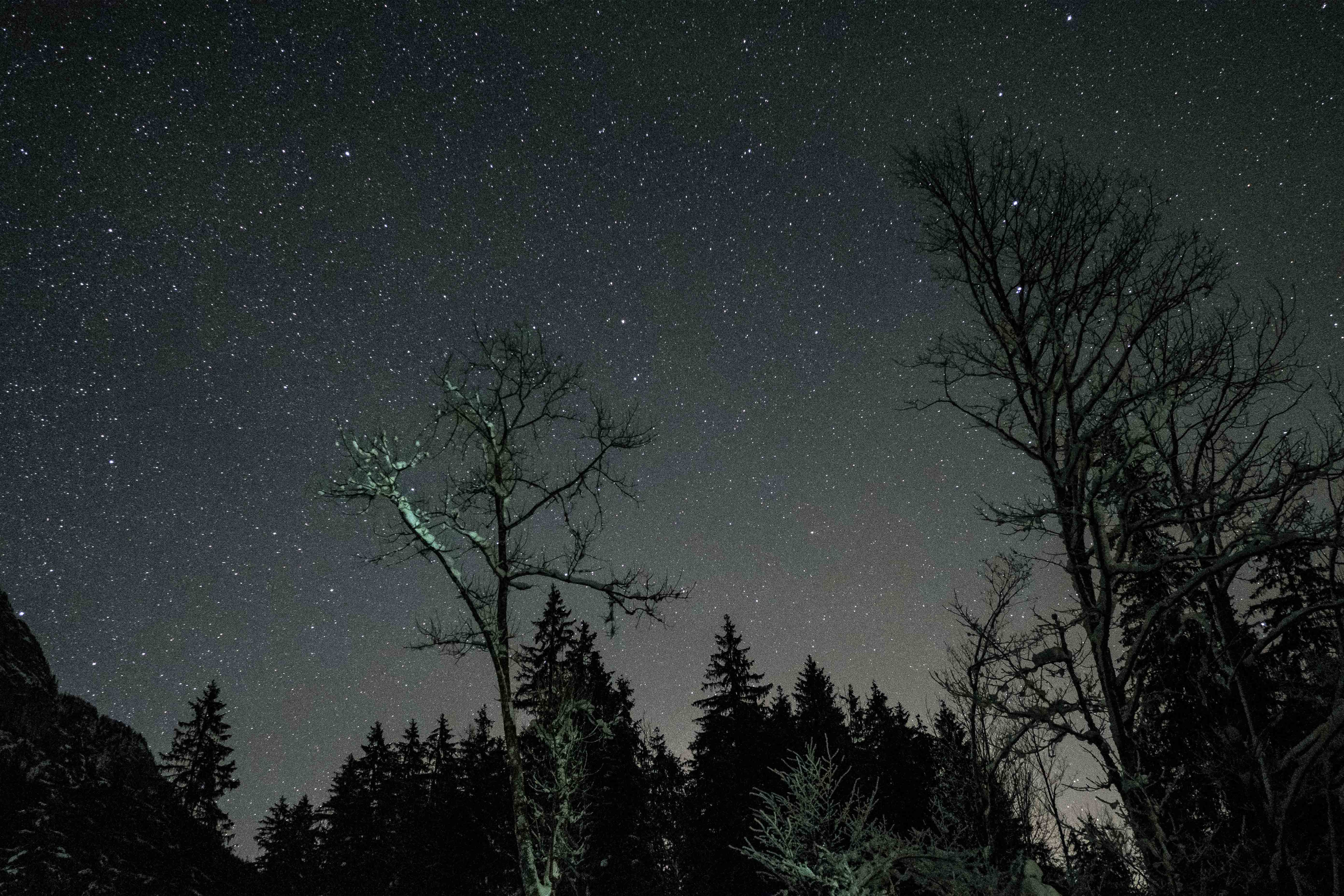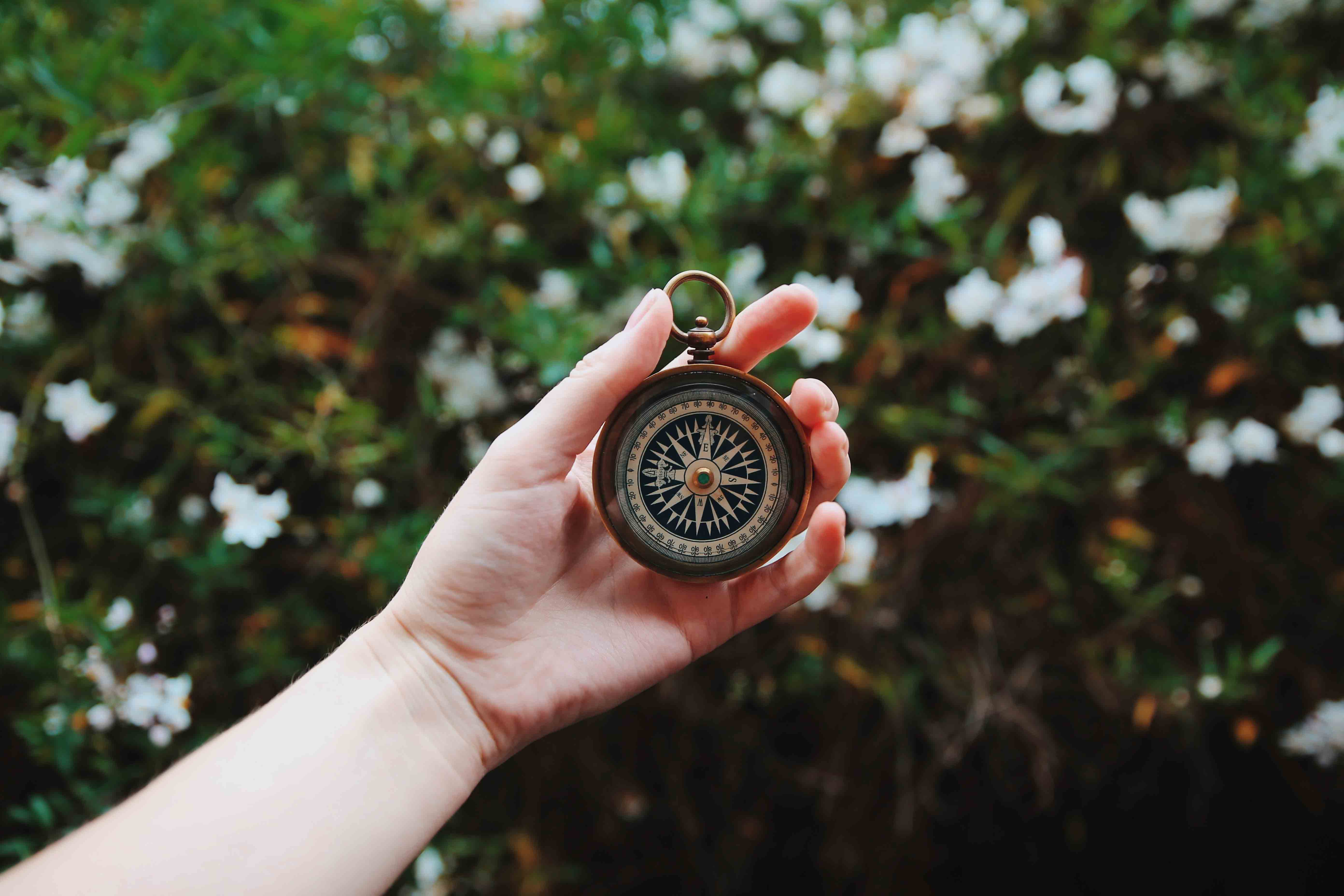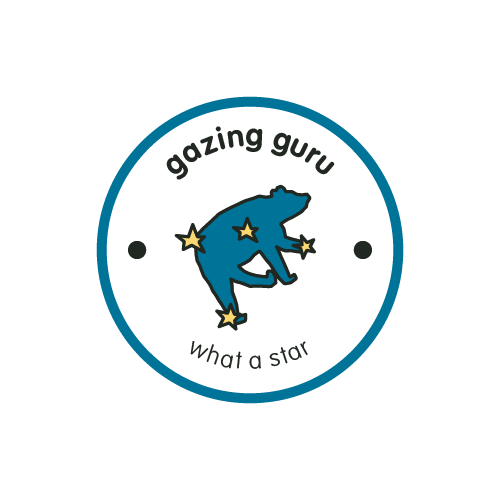back to


outside our drinks
go stargazing
Get to know what's going on in the night sky, even if you don't own a rocket


you’ll need
a torch
a notebook
some pictures of the constellations
a pencil
a notebook
a compass
binoculars or a telescope (optional)
top tip:
You can tell the difference between planets and stars as planets don’t twinkle. Some other bright lights you see could be satellites, aeroplanes, or meteors, otherwise known as shooting stars. Don’t forget to make a wish.


outside our drinks
stuff to do this autumn
Autumn is the chilly opposite of spring, so get your sweaters on standby and have a go at some of these hand-picked activities.







